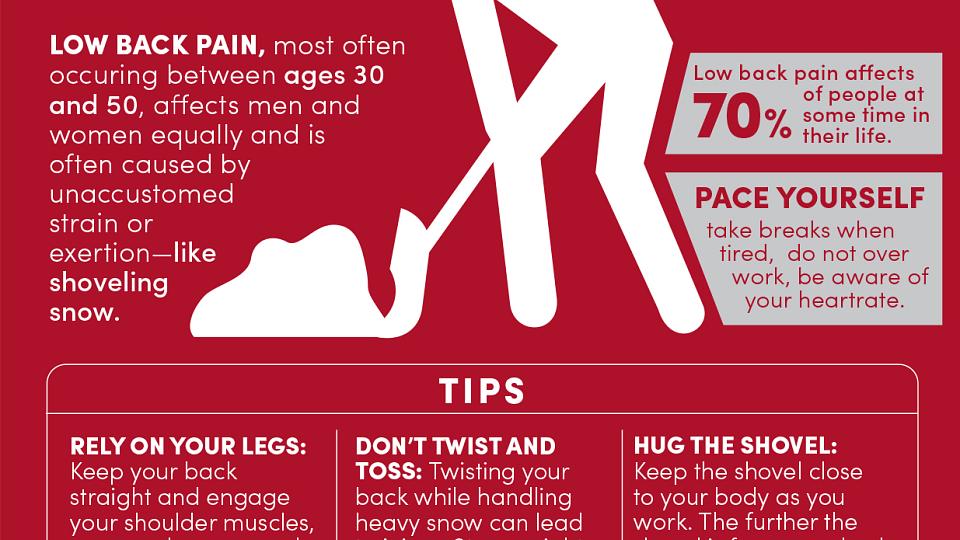Bouncing on a trampoline can be a blast and a great source of exercise for both kids and adults. However, trampolines also come with a significant injury risk. According to the Consumer Product Safety Commission, more than 100,000 trampoline-related injuries are treated in an emergency room every year.
The American Academy of Pediatrics (AAP) recommends that children of all ages totally avoid trampolines due to the risk of injuries, including catastrophic ones. Children younger than six years are the most at risk for serious injuries.
“Younger kids have a lot less motor control, balance, and coordination, and they’re still learning how to control their body and develop those motor skills,” says Kevin Park, FAAPMR, MBBS, a spinal cord injury specialist and spasticity medical director at Craig H. Neilsen Rehabilitation Hospital. “Then, if there are multiple kids on a trampoline and they’re the smallest one, they’re more likely to get hurt since their bones are still developing.”
Types of Injuries from Trampoline Use
Trampoline injuries range from minor ones that can be treated at home to devastating, life-altering situations, which is why choosing to jump can be so risky.
Common trampoline injuries include:
- Cuts and bruises
- Sprains and strains, particularly in the ankles, shoulder, knees, and wrists
- Fractures, most commonly in the arms and legs
- Concussions and other traumatic brain injuries (TBIs)
- Neck and spinal cord injuries, which can result in paralysis and even death
“The worst-case scenario is a spinal cord injury that results in paralysis due to a fractured vertebra,” Park says. “The muscles responsible for breathing are controlled by the upper part of the neck, so if the injury occurs near the high cervical spine, you could lose the ability to breathe and potentially die."
Common Causes of Trampoline Injuries
Whether you’re visiting a trampoline park or a friend’s backyard, if you do choose to allow your kids to occasionally bounce, knowing how most injuries occur can help you implement safety measures to prevent kids from getting hurt.
Most trampoline injuries are caused by:
- Collisions when multiple people are on the trampoline
- Falling off the trampoline edge
- Doing a risky stunt, such as a flip
- Landing awkwardly
- Falling onto the springs of the trampoline
If someone does get hurt on a trampoline, it’s important to remain calm and encourage others to stop bouncing so you can assess the injury. If a child has fallen off the trampoline or landed on their head or neck, do not immediately move them to another location, as this can cause further damage. First, be sure to ask them if they can move their extremities and if they still have feeling in their body. An inability to move and loss of sensation can point to a potential spinal cord injury. In this case, you should keep them still and call 911 immediately.
For head injuries, broken bones, and severe sprains, seek medical care.
If your child experiences severe headaches, nausea, vomiting, or light sensitivity after hitting their head on a trampoline, take them to the emergency room to get evaluated for a concussion.
Keeping Everyone Safe
Trampoline parks enforce their own safety rules and measures. Backyard trampolines increasingly have padding over the metal springs and nets that totally enclose them. While this may help decrease spring-related injuries and keep kids from falling off, it does not totally eliminate the risk of injuries that can happen on the trampoline itself due to collisions, bad landings, or stunts gone wrong.
- Some safety rules that can help prevent injury include:
- One person on the trampoline at a time
- Avoid doing risky stunts like flips
- Check the trampoline before jumping to ensure there are no tears or damaged parts
- Always have adult supervision
“Parental supervision is very important,” Park says. “Educate your kid about the risks, then set clear rules and play within those boundaries. I know kids want to have fun, but close supervision is really important to prevent injuries.”



